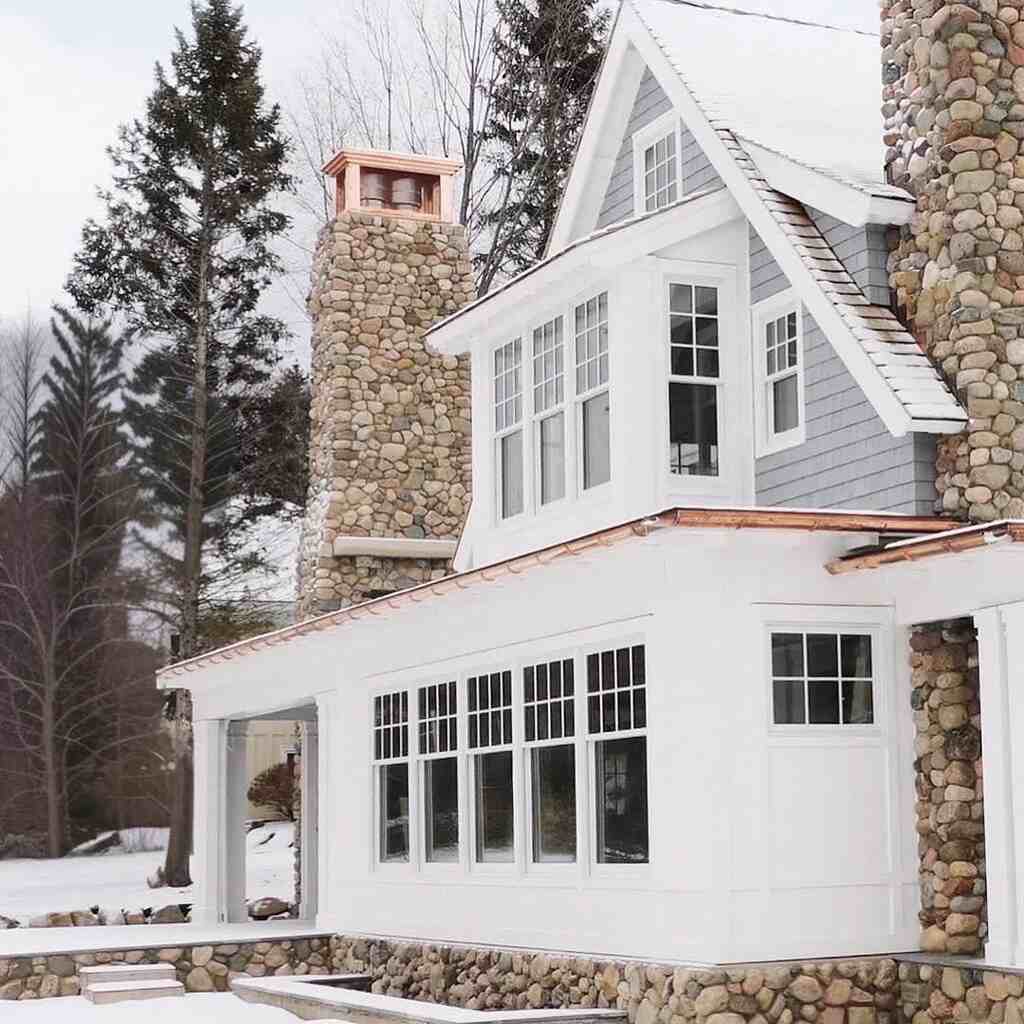This guide will explore the various options for chimney siding, each with its own unique advantages and drawbacks. We will delve into the classic choice of brick, examining its durability, maintenance needs, and aesthetic appeal.
We explore the increasing popularity of stone veneer, which offers cost-effectiveness and versatility. Other options to be covered will include stucco, offering a smooth finish and paintability, and wood siding, which evokes a more rustic charm.
Checkout modern and low-maintenance options like metal and fiber cement siding and briefly speak of the affordability and ease of installation of vinyl siding. With this guide, you will end up having a good understanding of factors that I consider to be a basis for determining the best chimney siding for your home.
9 Popular Chimney Siding Ideas
I will cover classic and durable brick, a material I have always admired. We will also look at versatile and cost-effective stone veneer, which I believe is a great balance of style and affordability. I will delve into elegant and paintable stucco, a material that I find particularly appealing for its clean lines.
We will also touch on rustic and possibly sustainable wood, something I’m interested in personally. Further, I’ll look into durable, low-maintenance metal, moisture-resistant and energy-efficient fiber cement, and budget-friendly vinyl, as it provides a practical solution for many homeowners.
By the end, you’ll have information that I’ll have compiled in order to choose the best siding for the curb appeal and durability of your house.
1. Brick: Classic and Durable
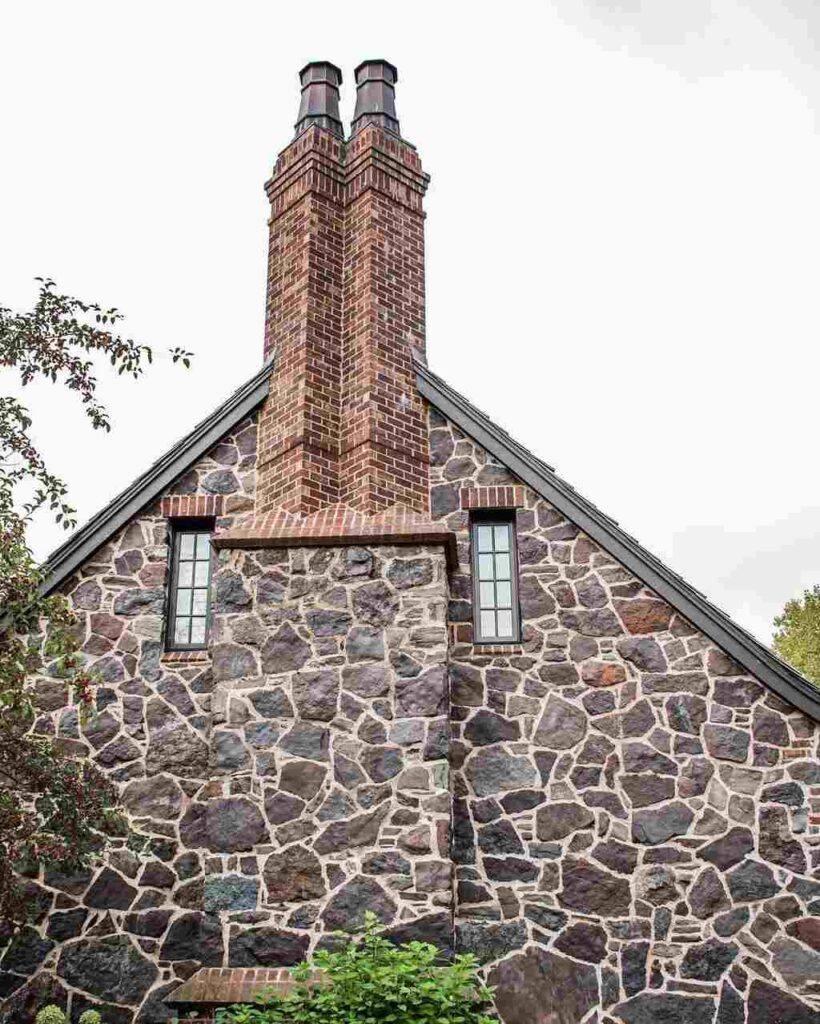
Brick chimney siding is a classic for a reason. It’s incredibly durable, able to withstand harsh weather conditions like rain, snow, and extreme temperatures. This longevity means you’re less likely to need costly repairs or replacements down the line, making it a sound long-term investment.
Although brick is a bit more expensive upfront than other options, its durability and need for low maintenance offset that cost. You do not ever really have to paint or stain it, and that is one reason why it requires minimal upkeep. Additionally, brick provides significant curb appeal, which can enhance your resale value.
Personally, I like the timelessness of brick. It gives a home a sense of solidity and tradition. Though it may not be the cheapest option at first, I think the long-term benefits in terms of durability and reduced maintenance make it a worthwhile investment.
2. Stone Veneer: Versatile and Cost-Effective
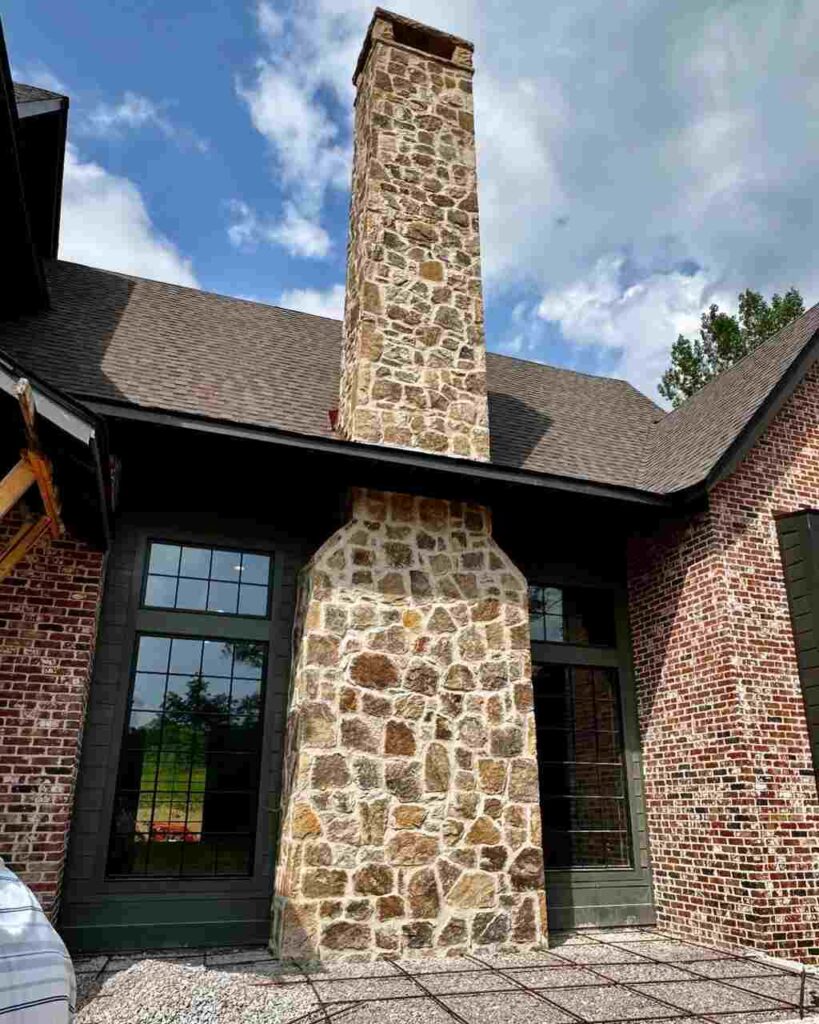
Personally, I find stone veneer to be a fantastic option for chimney siding. It offers the beauty and natural look of real stone without the hefty price tag or the weight issues that come with solid stone. You can achieve a truly stunning aesthetic with a wide variety of stone types and colors to choose from.
In terms of popularity, stone veneer has definitely become popular in the last few years. It’s a very popular choice for the homeowner who is looking to make their curb appeal but is also working within a budget. Although there is still something to be said for solid stone chimneys, stone veneer has certainly become much more common and easier to obtain and thus is within reach for a far greater number of homeowners.
To my mind, one of the factors which makes stone veneer a quite attractive option is its versatility and affordability. It would add a very natural elegance to your house but within your budget.
3. Stucco: Smooth and Paintable
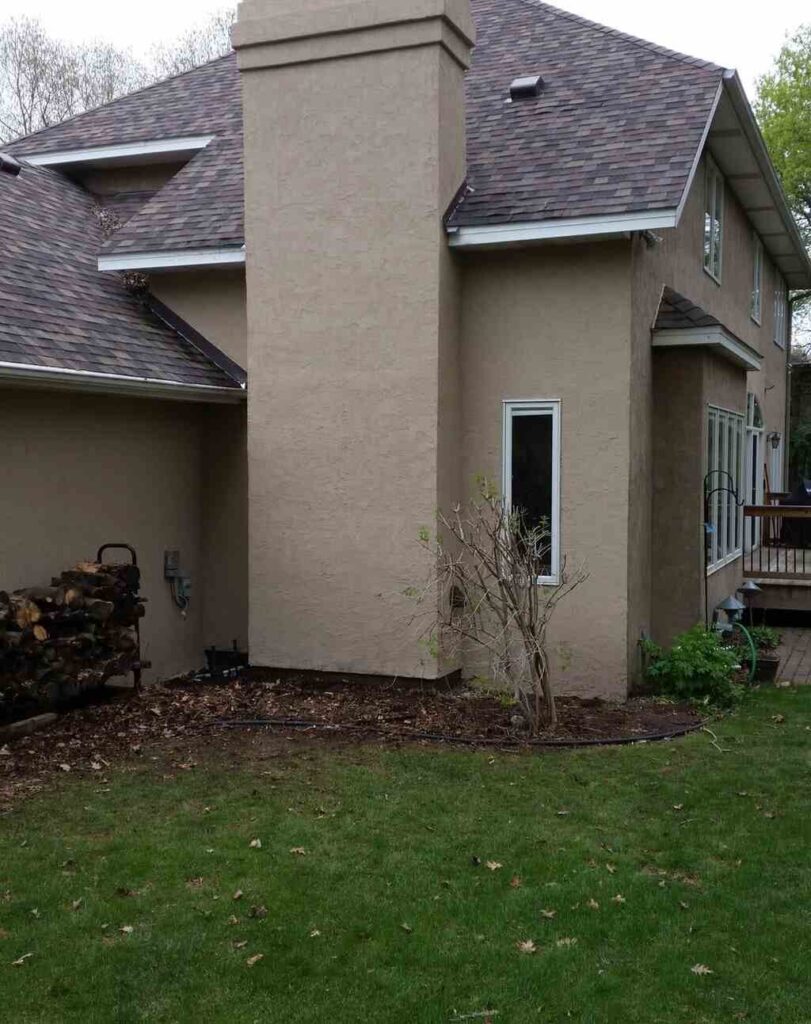
Personally, I like stucco on chimneys because it provides a clean, smooth look which is also relatively easy to paint to use in your house exterior colour scheme. That freedom in terms of color and finish will give you the scope to fine-tune the look of your chimney as much as you desire.
However, it’s great to note that proper stucco application always requires skilled craft. It doesn’t qualify under the DIY program. Installation follows a number of steps, primarily preparing the surface, applying the base coat, followed by a texture coat. More importantly, experts should be hired who can provide perfect quality and length.
Whereas installation is significantly higher for initial application, well-applied maintenance on stucco finish proves relatively low-cost for the long-term.
4. Wood Siding: Rustic Charm.
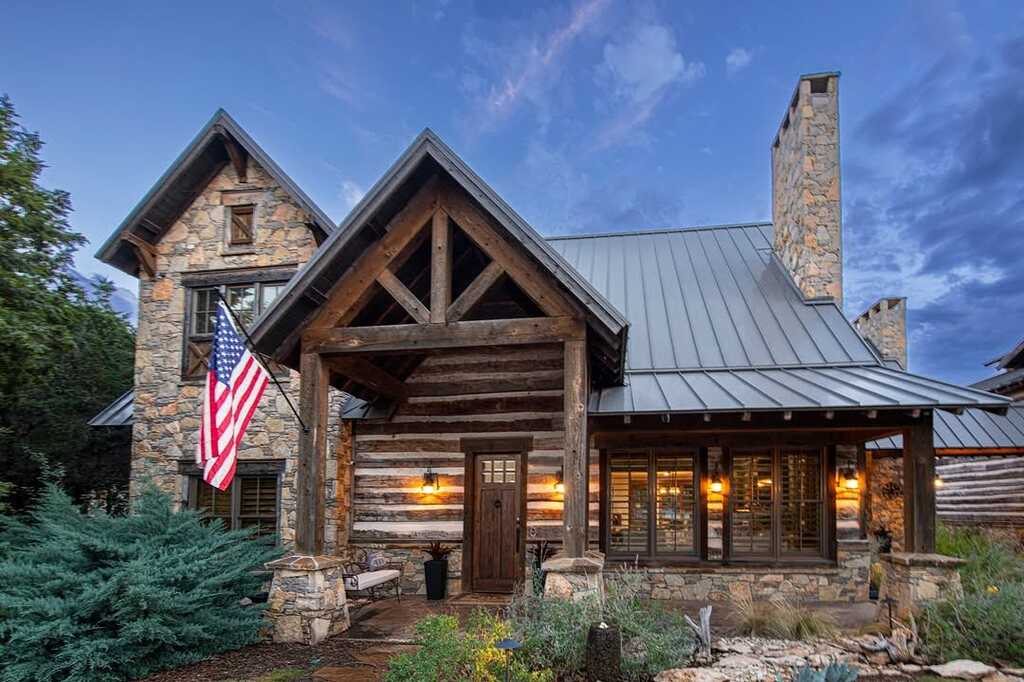
Personally, I find that wood siding brings a lot of rustic character to a house. It adds something that many other materials cannot, which is warmth and character. The natural grain pattern that wood siding possesses is so very attractive, full of texture and unique aesthetic appeal.
From my viewpoint, wood siding is a renewable material if sourced properly. I mean, wood is a renewable resource; therefore, when harvested from sustainably managed forests, its impact on the environment is minimized.
However, I am also mindful of the potential environmental impacts of wood siding.
I am afraid of deforestation, as some unsustainable logging is linked to deforestation and habitat loss.
I also know that wood siding needs to be maintained regularly, including painting or staining. I know that these products contain chemicals that can affect air and water quality.
5. Metal Siding: Durable and low-Maintenance.
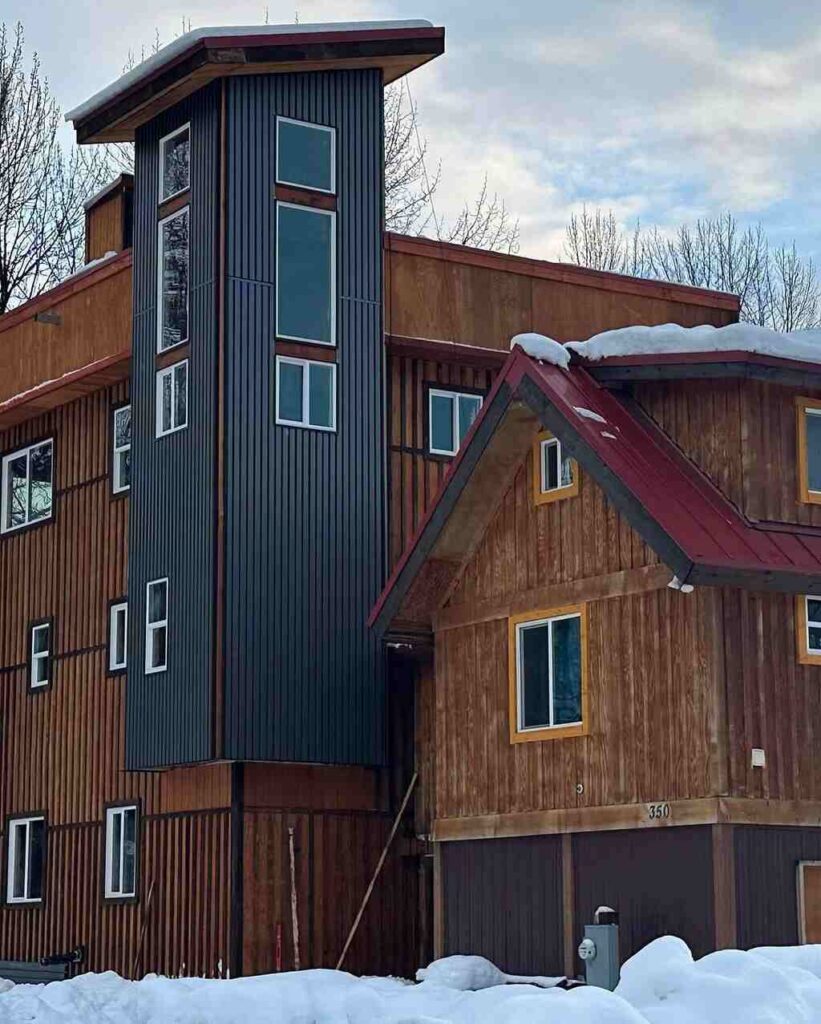
Personally, I find metal siding to be a very intriguing option for a chimney. Its durability and low-maintenance nature impress me. Metal is incredibly resistant to the elements-rain, snow, and even fire. Not to mention it doesn’t need any painting or staining, saving time and money in the long run.
In popularity, metal sidings for chimneys are widely popular. In the modernistic, durable and environmentally-friendly materials, it finds great acceptance due to its advanced and modern aesthetics. Though ancient forms like brick or stones remain in wide acceptance, metal siding will soon be used extensively as a present and eco-friendly form.
6. Fiber Cement Siding: Resists Moisture and Rot.
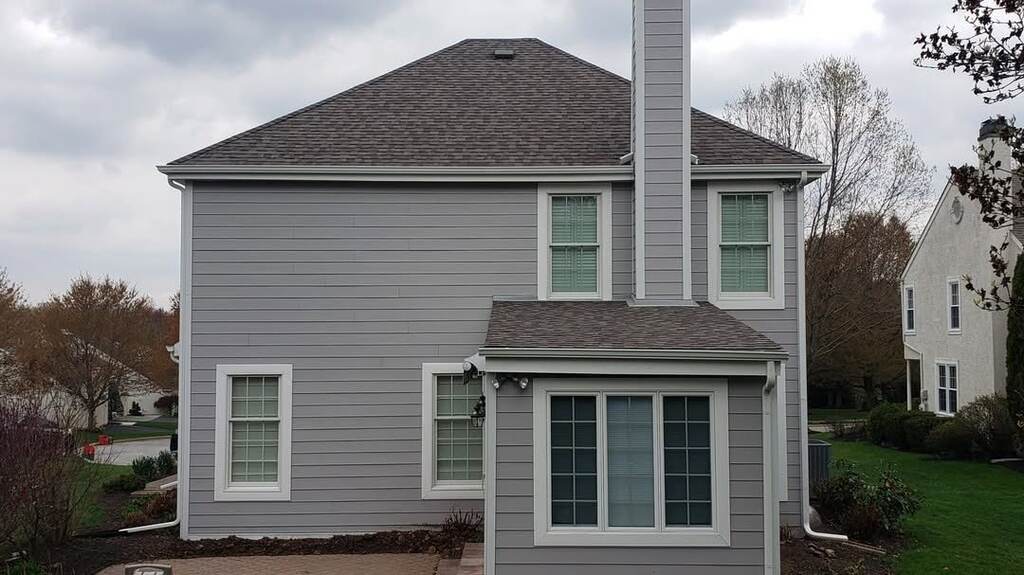
I know it’s a smart investment that will stand the test of time, just like the cozy mornings.
Fiber cement siding offers numerous economic advantages. Its longevity and resistance to moisture, rot, insects, and fire significantly reduce the need for costly repairs and replacements.
Additionally, a well-maintained home with durable exterior materials like fiber cement siding is more appealing to potential buyers, potentially increasing my property value when I decide to sell.
Furthermore, I anticipate that fiber cement siding can contribute to improved energy efficiency. Its durability helps maintain a consistent home temperature, potentially reducing my heating and cooling costs.
While the initial investment in fiber cement siding may be slightly higher than some other options, its long-term benefits, including durability, reduced maintenance, and the potential for increased property value and energy savings, make it a sound economic choice for me as a homeowner.
7. Vinyl siding chimney: Affordable and Easy to nstall.
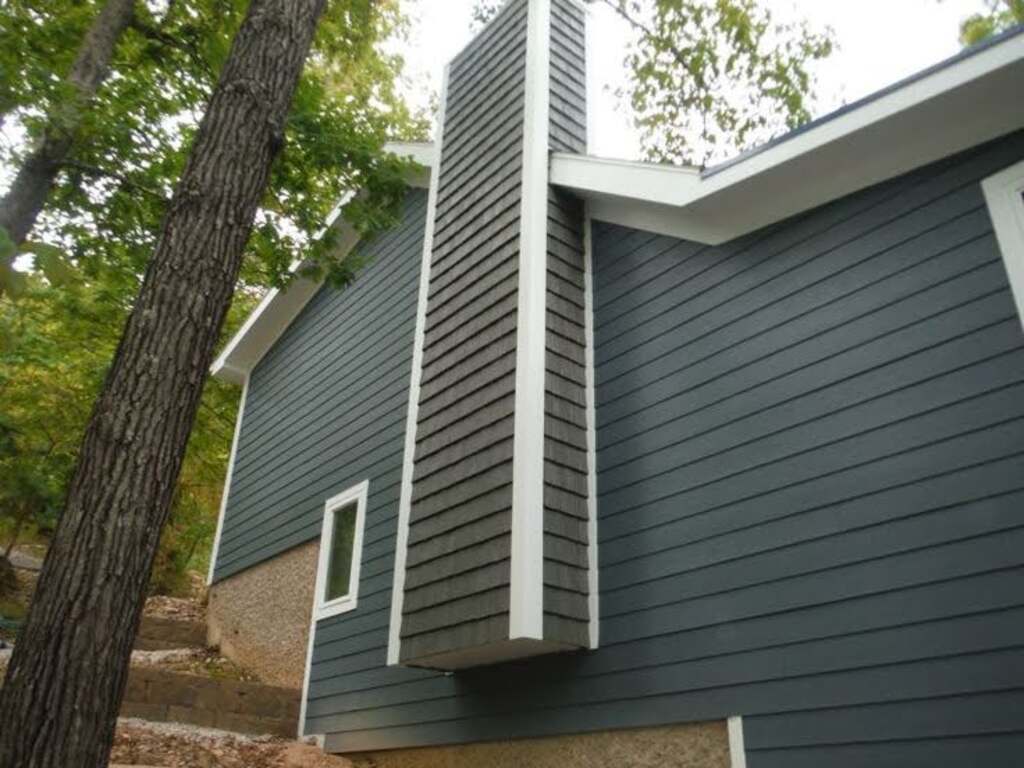
I’m very interested in the idea of using vinyl siding on my chimney. It will definitely give it a nice appearance and help protect it from the elements.
I really like that it is affordable, and from what I understand, not very difficult to install. Of course, I may consult a professional for the chimney portion, but hopefully, this upgrade won’t be too time-consuming or disrupting.
8. Faux stone fence: Budget-Friendly Alternative.
Installing faux stone fencing is a DIY project I find within my capability but requires much effort. I find that good preparation is key, especially having a strong and level foundation, as well as accurately measuring the area.
It typically involves preparing a base layer, installing interlocking panels, cutting them for an exact fit, and securing them according to the manufacturer’s instructions.
Caulk seams; finish painting or sealing panels, as needed; finishing touches usually. Generally a do-it-yourself project but likely to require a few days of time and physical effort.
Conclusion
Choosing the perfect chimney siding will greatly determine the look and durability of my home. I have, therefore, gone through nine most common types of chimney sidings. For each, I have identified the pros and cons based on information.
From the brick to the metal, each is somehow different and brings exclusive benefits. I like stone veneer for its cost-effectiveness in achieving a natural stone appearance, and stucco provides a smooth finish that can be customized as desired. I like the rustic appeal of wood siding, but at the same time, I am very much aware of the fact about this material. Fiber cement provides excellent strength, and vinyl is cost-effective and easy to install.
Therefore, the best for me would be that which meets my personal taste, budget, and aesthetic requirement. By balancing all the above factors, I can make a well-informed decision that makes my home stand out in terms of curb appeal while protecting my investment for years to come.

